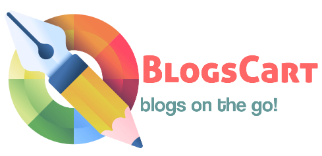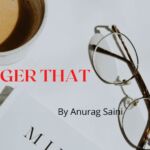Read this article on Yaadein – Memories by Ragini Bindal and share it with your friends, and don’t forget to share your valuable comments in the comment section below to motivate and appreciate their amazing work.
Yaadein
आज मैं अपने मायके गई
याद आ गई अपने बचपन की बातें कई।
देखकर वह हर गली हर कोना याद आ गया मुझको सुबक सुबक कर रोना।
इन गलियों में मेरा बचपन बीता याद आ गया वह गोल-गप्पे का पानी तीखा।
इन गलियों के हर एक कोने में मेरी यादें बसी थी,
हर एक कोने में मेरे वह लड़ने झगड़ने की बातें बसी थी ।
जहां मैं हर किसी से लड़ती थी, झगड़ती थी, खेला करती थी,
आज वही कोना मुझे दूर खड़ा देखता है
मुझसे लिपटना चाहता है ।
बस वह सब यादें ही रह गई,
मेरे सीने में बनकर फास
यही कुछ यादें रह गई
मेरे पास ..मेरे पास -मेरे पास।
उन गलियों को देखकर जी करता है,
कि वह बचपन फिर मिल जाए
फिर से हर एक कोना ,
मेरी नटखट आदतों से आबाद हो जाए
मैं फिर से खेलू-कूदू और झूम झूम कर नाचू।
याद आ गया मुझे वह बारिश का पल
जब हम घर से निकल आते थे बिना चप्पल
और पानी में छप- छप छप -छप खेला करते थे
जी भर कर पानी में भीगा करते थे।
कहीं कुछ नहीं होता था
किसी को कितनी भी चोट लगे, नहीं कोई रोता था ।
पर आज देखती हूं जब वह गलियां ,
तो लगता है वही पागल -सी लकड़ी दौड़ रही है
यहां -वहां ।
बस! अब वह पल यादों में बसते हैं
मैं उन पलों को अपनी आंखों में सजा कर ,
वापस अपने घर आ गई।
वह मीठे से पल मेरे अधरों पर मुस्कान दे गए
मुझे जीने का पैगाम दे गए।
Do comment your thoughts on this amazing poem Yaadein (memories) by Ragini Maam in the comment section below and share as much possible.
Stay tuned for more amazing stories, poems & articles like this.
For sponsor any article or your article you can mail us with your logo ready and details.








incredible 👌👌
Lovel….my rockstar….
😘😘😘 lovely
great 👏
Very beautiful poem🙂
Love u so much mam.🥰
Its so beautiful…🙂
Something very very heart touching I have read in recent times…❣
May god bless you with good health ma’am❣❤